
Fostering a Culture of Experimentation and Growth
Innovation doesn’t happen in perfection—it happens in experimentation. Companies that encourage testing, learning, and even failing forward are 5x more likely to outperform their peers. By shifting from fear to curiosity, organizations unlock faster learning, stronger collaboration, and a culture where ideas thrive.
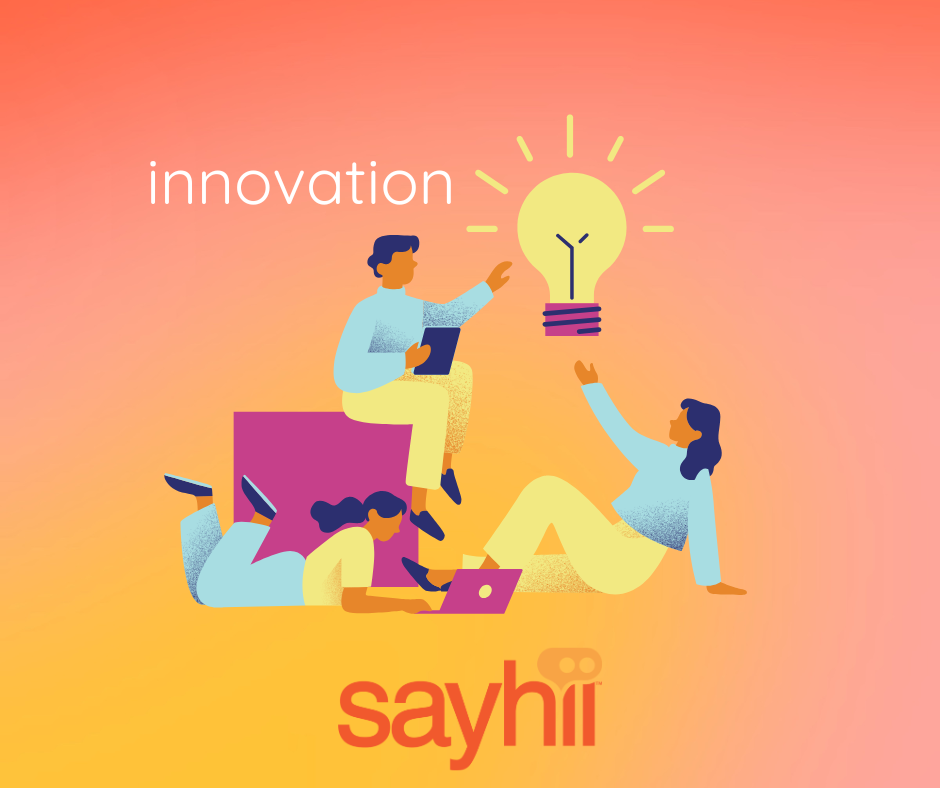
The Idea You Think Everyone Else Has… Nobody Does!
We often silence ourselves, thinking, “Everyone must have already thought of this.” But the truth is, they haven’t. Your perspective is uniquely yours—and it could be the missing piece that sparks innovation. When you share your ideas, you expand what’s possible for the whole company.
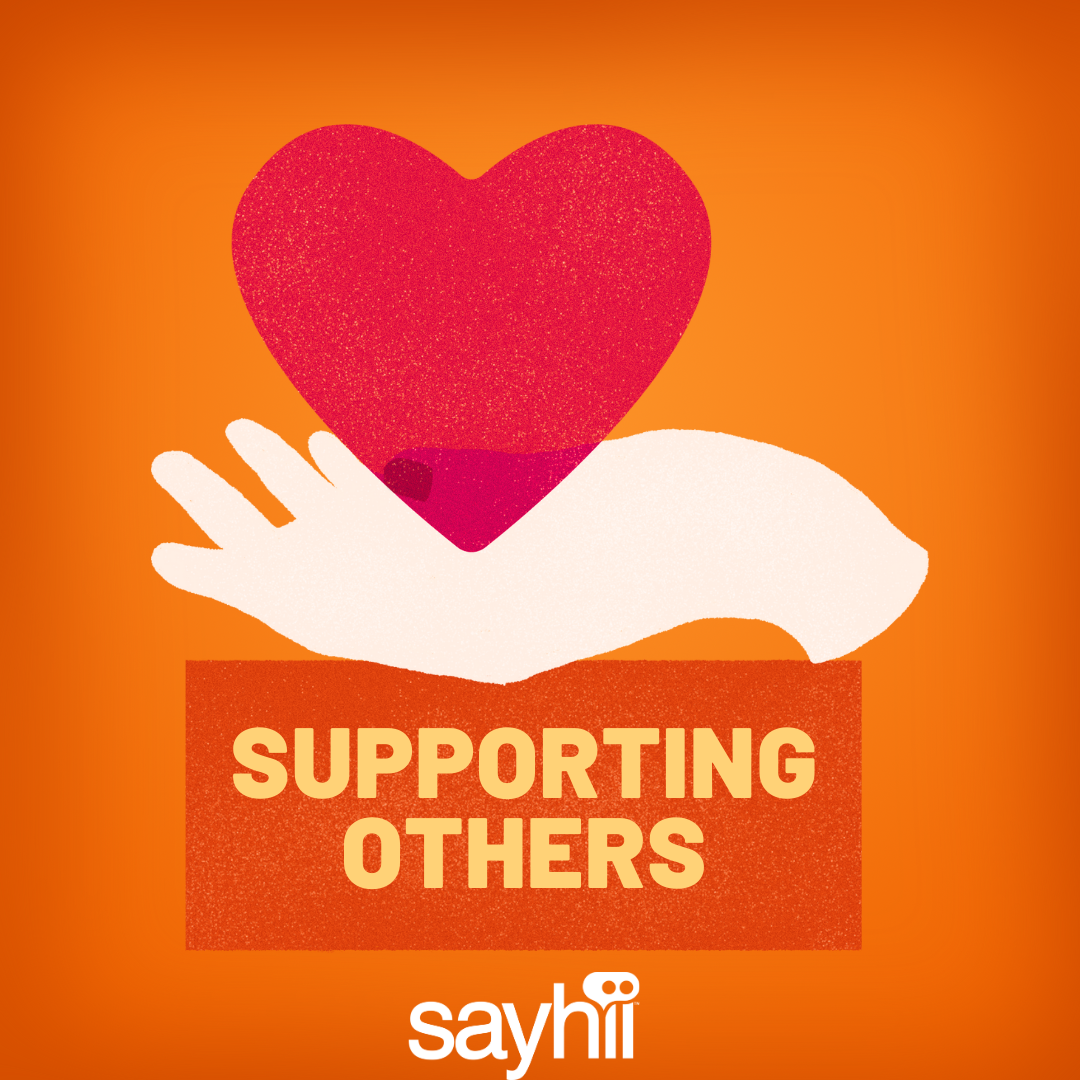
Supporting Others in Times of Change: Control vs. Leadership
When change disrupts the familiar, people don’t need a commander—they need a compass. Supporting others isn’t about taking control of their path; it’s about walking beside them with empathy, clarity, and courage. Leadership in times of transition means resisting the urge to fix and instead choosing to listen, guide, and empower. As John C. Maxwell reminds us, “Leadership is not about titles, positions or flowcharts. It is about one life influencing another.” In moments of uncertainty, your role isn’t to dictate—it’s to inspire.
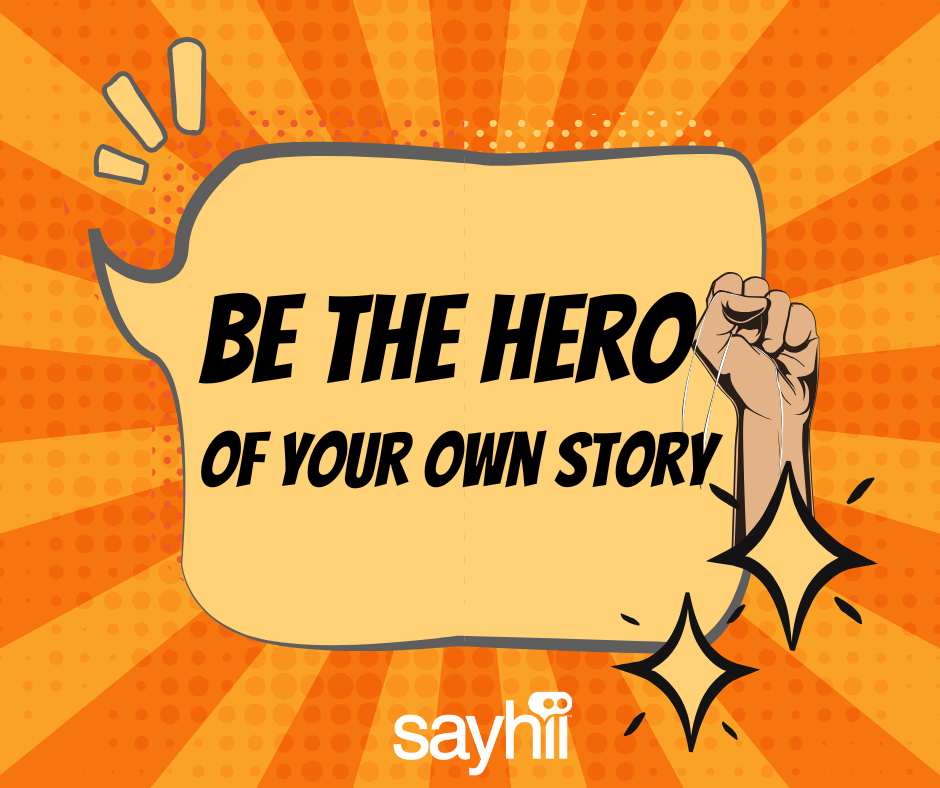
Problem vs. Solution Thinking: You’re Not a Victim…You’re the Answer
We don’t build self-worth by avoiding hard things—we build it by facing them. Living in the solution means stepping out of the victim mindset and into radical ownership. It’s not about pretending everything’s fine; it’s about saying, “This is hard, but I’m still choosing to move.” That choice, repeated over time, becomes a quiet kind of power. As Brené Brown puts it, “You can choose courage or you can choose comfort. You cannot have both.” The reward isn’t instant—but it’s real. You do the hard thing, and afterward, you trust yourself more. That’s the kind of growth that sticks.
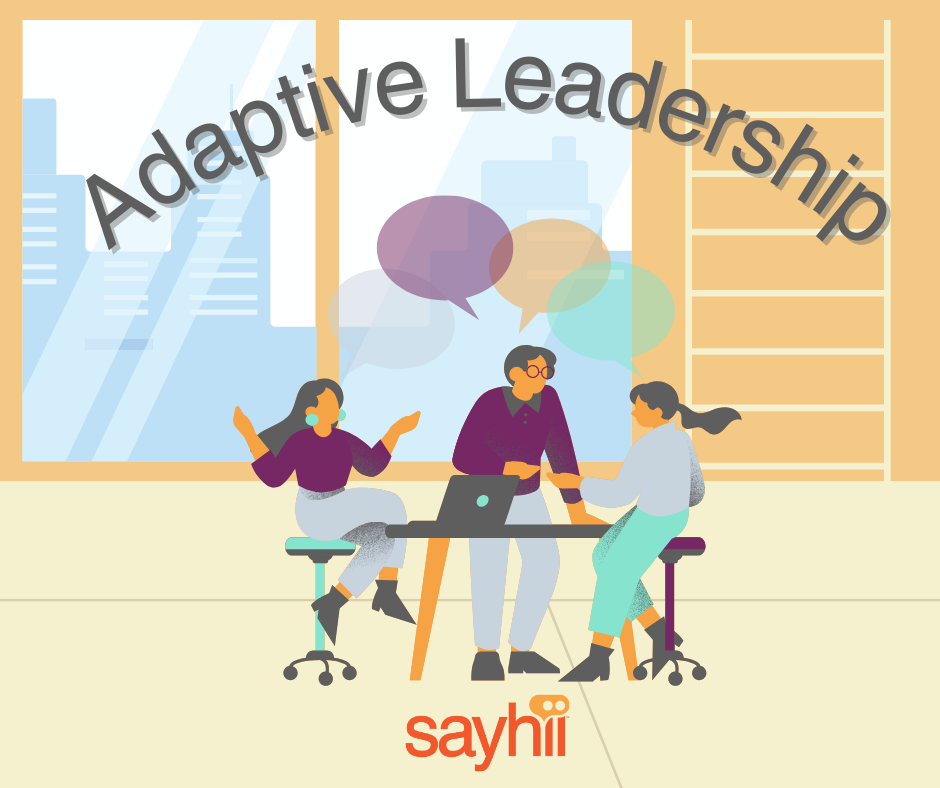
Why Adaptive Leadership Is Essential for the Modern Workplace
In a modern workplace defined by constant change, rigid playbooks no longer work. Adaptive leadership meets challenges with flexibility, empathy, and solution-focused thinking—transforming uncertainty into opportunity. When leaders model resilience and abundance, they create cultures where people move from fear to ownership, from victim to victor.
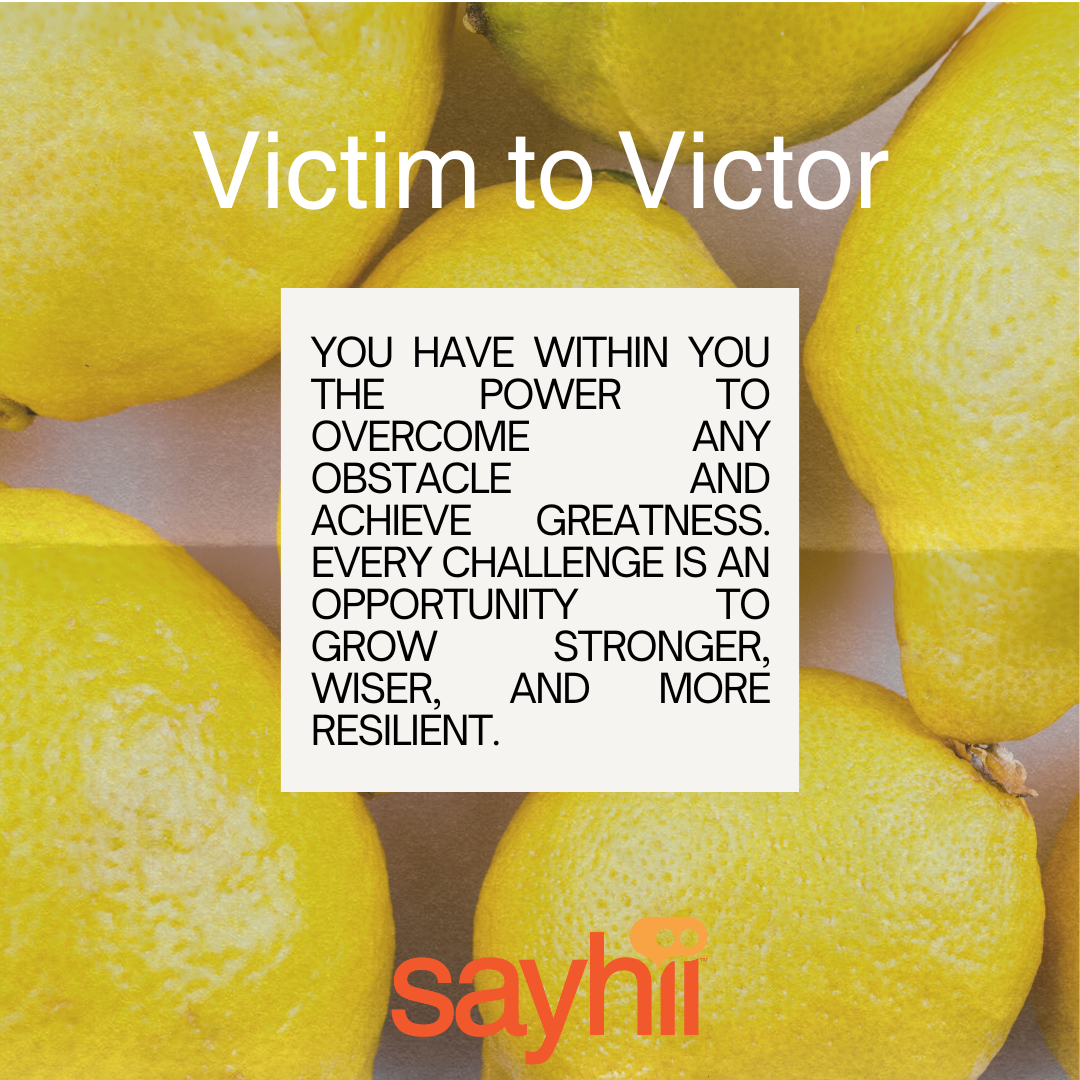
From Victim to Victor: The Power of Living in the Solution
From Nelson Mandela to everyday moments, the shift from victim to victor starts within. When we stop asking “Why me?” and start asking “What now?”, we reclaim our power. This piece explores how to recognize a victim mindset, break free from blame, and embrace a life of abundance, agency, and growth.
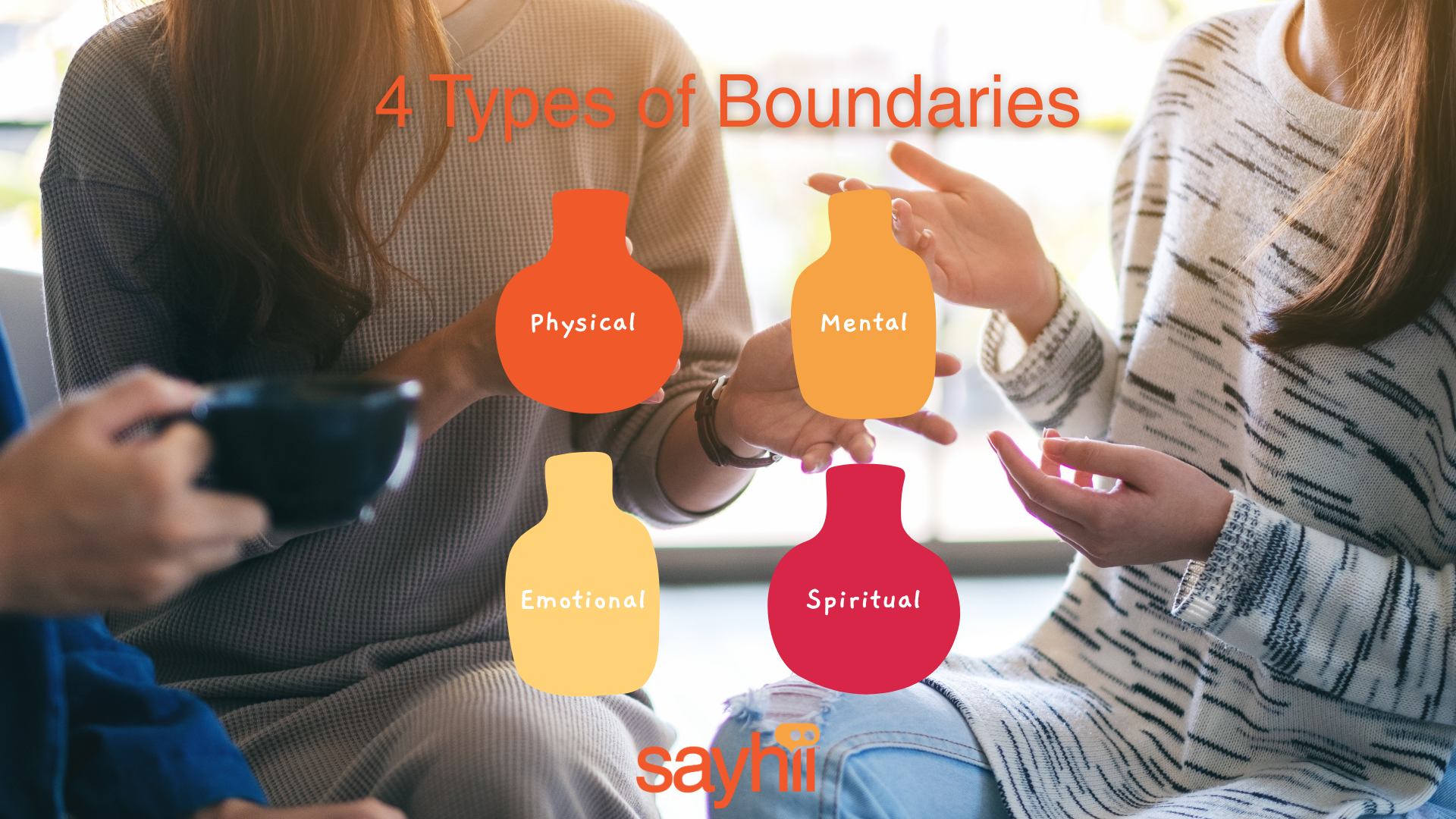
Are You Getting What You Need? How to Advocate for Yourself at Work and in Life
In our last post, we asked: What’s holding you back?
Now we ask something just as important—
Are you getting what you need?
Whether you're in a leadership role, part of a growing team, or navigating a personal transition, this question is both simple and revealing.
Because if the answer is "no"—then it's time to dig deeper.
Is it a you thing… or a them thing?
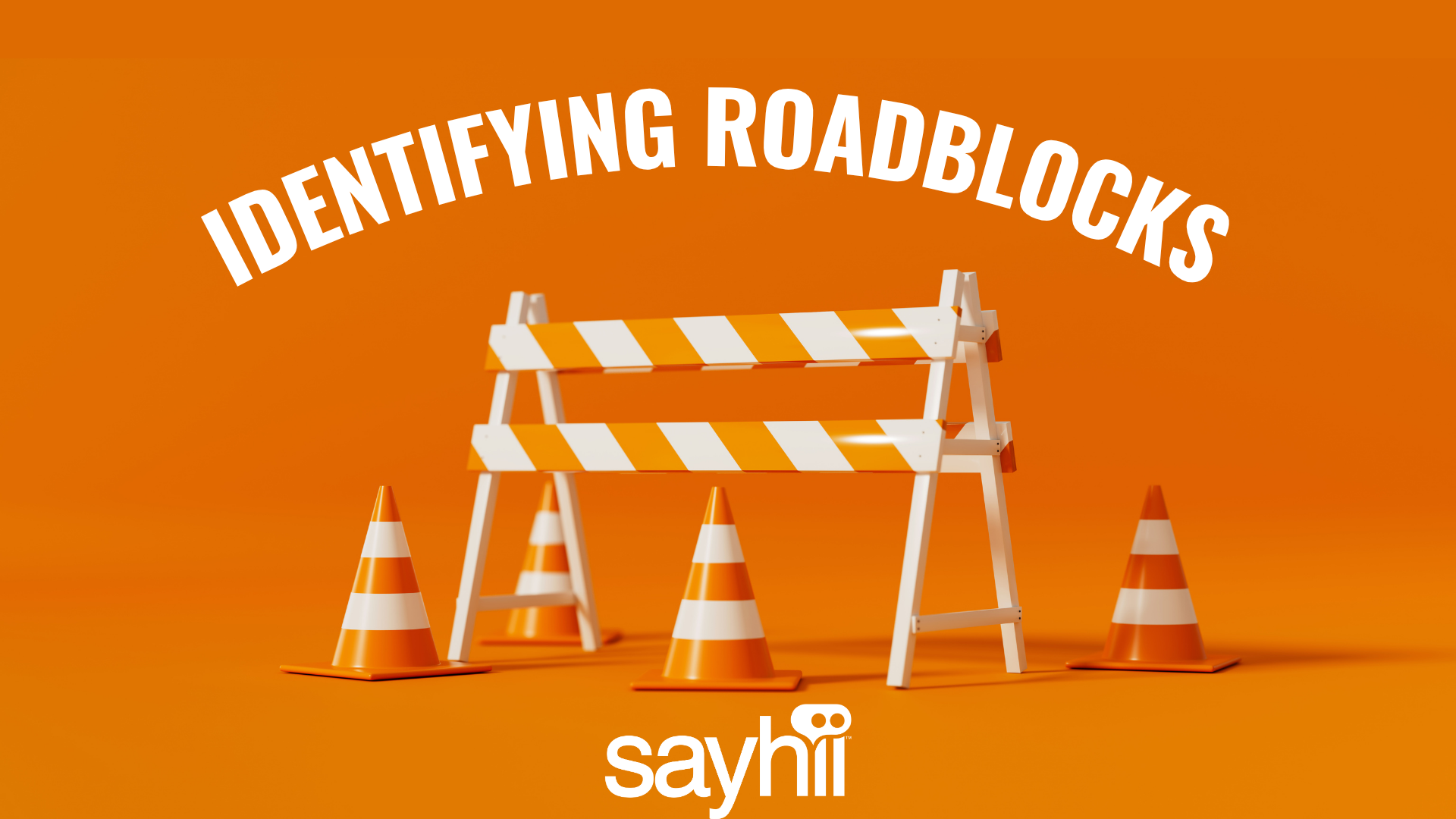
What’s Holding You Back? Embracing Transition and Breaking Through Roadblocks
Breaking silos in organizations starts with breaking personal silos. If you want a more collaborative culture, be the one who reaches across the aisle. If you want innovation, share that half-formed idea. If you want transparency, speak honestly about what you’re navigating.
When individuals show up authentically, teams shift.
When teams shift, organizations grow.

Breaking Silos in Times of Change
As teams adjust to seasonal transitions and shifting routines, workplace silos can quietly form—hurting collaboration and culture. Learn practical tips for breaking down silos, building cross-functional relationships, and creating connection at every level of your organization.

Back to School: How to Lead When Everything's in Motion
"Change isn’t just a calendar shift—it’s an emotional shift. And people don’t resist change because they fear the new. They resist because they’re grieving what they’re leaving behind."
As leaders—whether of teams or families—we need to honor that. Before we rush into new routines, we need to create space to name the transition, allow people to recalibrate, and ground ourselves in purpose. Because people can weather a lot of change. What they can’t weather is feeling alone in it.

Autonomy Through Generations
Autonomy — the freedom to make decisions, own your work, and find meaning in how you show up — looks different depending on who you ask. And more than ever, workplaces are multigenerational. We have four (sometimes five!) generations working side by side, each with distinct experiences that shape how they define autonomy and what they need to feel trusted and empowered.
Understanding this generational lens doesn’t just foster better collaboration — it helps leaders design systems that respect individuality while unlocking collective potential.
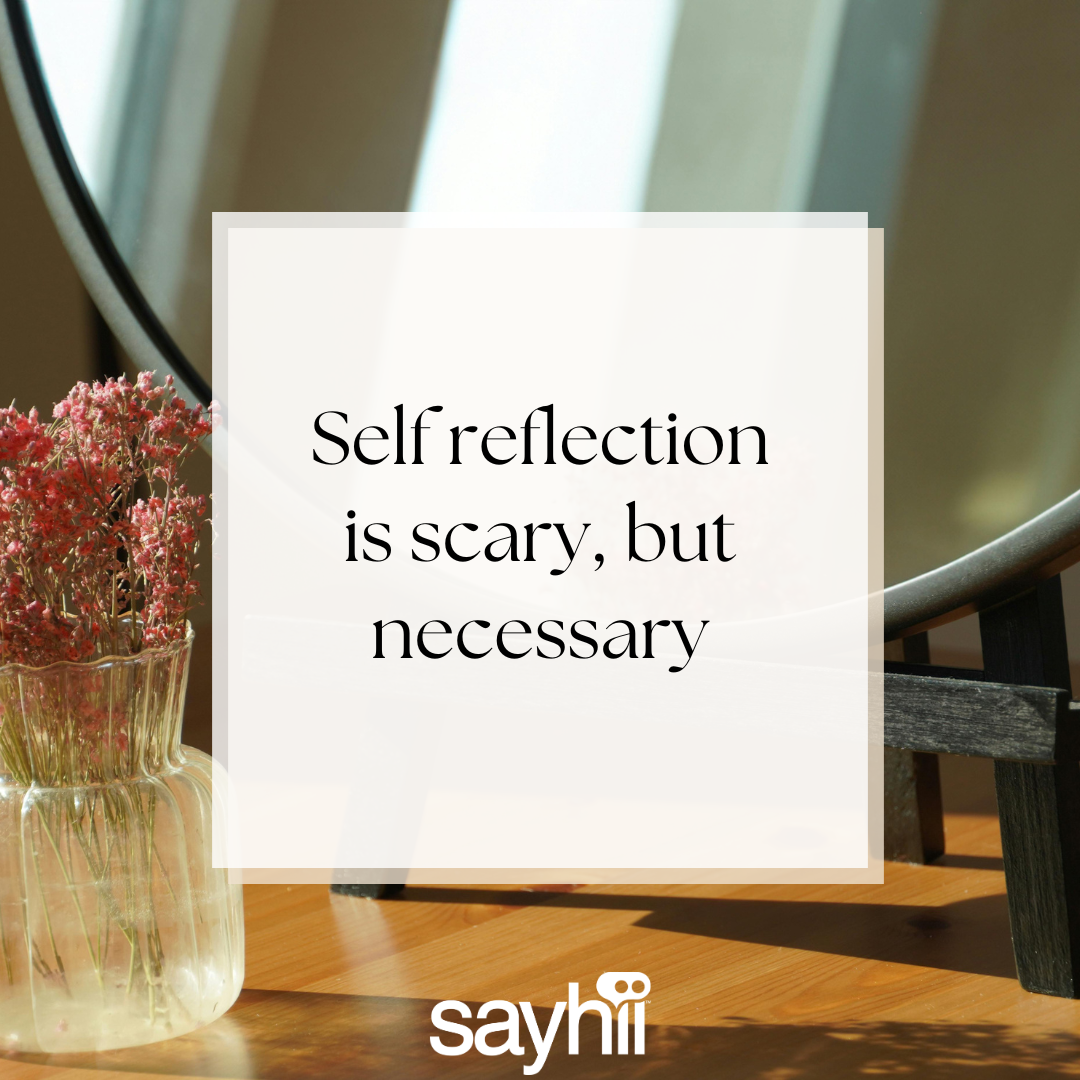
Empowerment in Self-Reflection
Empowerment isn’t about being loudest in the room. It’s about being grounded in who you are and what matters. Self-reflection gives you that anchor. It helps you notice when you’re reacting instead of responding. It invites curiosity over criticism. And most importantly, it builds the confidence to choose your next step on purpose.

From Micromanagement to Mastery: The Case for Trusting Your Team
Micromanagement might feel safe in the short term, but it slowly chips away at potential. Mastery, on the other hand, is built on trust. And when people feel trusted, they don’t just meet expectations—they exceed them.
“You don’t grow a team by controlling it. You grow a team by believing in it.”
So the next time you feel the urge to hover, remember: your job isn’t to do the work. It’s to create the conditions where great work gets done.
And that starts with trust.
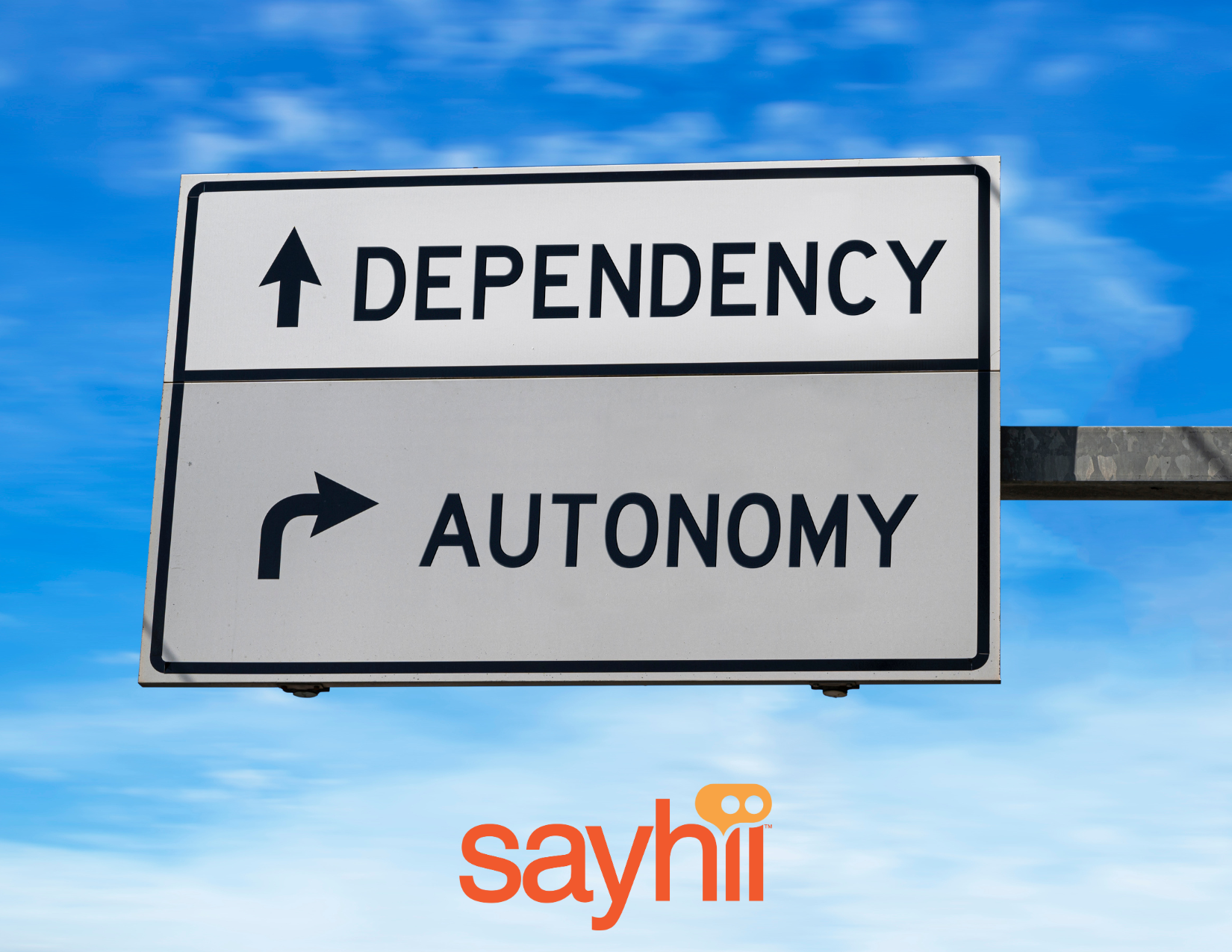
The Autonomy Advantage: How Empowered Employees Drive Innovation
Autonomy isn’t a luxury—it’s a competitive advantage. When employees feel empowered, they engage more deeply, solve problems more creatively, and push the organization forward.
“Give people the freedom to own their work, and they’ll give you ideas you never saw coming.”
Let go of control, and you’ll unlock the full potential of your team.

Who Are You, Really?
Who Are You, Really?
A blog about taking off the masks, trusting your gut, and realizing you’re not “too kind”—you’re just early.
Let’s start with a number that’ll make your stomach flip:
More than 70% of people say they don’t really know who they are.
That’s not a typo. That’s a lot of us wandering around with business cards, resumes, Instagram bios… and no real clue what’s going on underneath.

Uniqueness: The Gift That Makes Us Human
The more we honor our differences, the more we unlock what we share.
Because underneath the individuality is empathy. Shared struggle. Shared hope. Shared humanity.
So if you ever doubt the value of what makes you different—pause.
“Your uniqueness isn’t accidental. It’s the answer to someone else’s need.”
Keep asking. Keep wondering. Keep showing up as the one and only you.
The world doesn’t just tolerate your uniqueness.
It needs it.

Creating a Culture of Belonging: Supporting LGBTQIA+ Employees in the Workplace
Supporting LGBTQIA+ employees goes beyond rainbow logos in June. It’s about building systems of trust, safety, and celebration that last year-round.
Inclusion is an ongoing journey—but it starts with listening, learning, and acting.

Making Everyone Feel Seen: Practical Strategies for Fostering Inclusion in Hybrid and Remote Work
Inclusion isn’t a single initiative or a box to check. It’s the quiet, consistent work of making sure no one feels like an afterthought. In hybrid and remote settings, this requires deliberate choices—how we communicate, collaborate, and care.
When we build with inclusion in mind, we don’t just improve morale—we unlock the full potential of our people.

Understanding and Combating Discrimination: A Call for Equality
Discrimination is not just a legal or economic issue—it is a human issue. As Martin Luther King Jr. once said, "Injustice anywhere is a threat to justice everywhere." By fostering inclusivity, challenging biases, and advocating for fairness, we can move toward a world where opportunity and dignity are accessible to all.

Understanding and Combating Discrimination: A Call for Equality
Discrimination is not just a legal or economic issue—it is a human issue. As Martin Luther King Jr. once said, "Injustice anywhere is a threat to justice everywhere." By fostering inclusivity, challenging biases, and advocating for fairness, we can move toward a world where opportunity and dignity are accessible to all.

